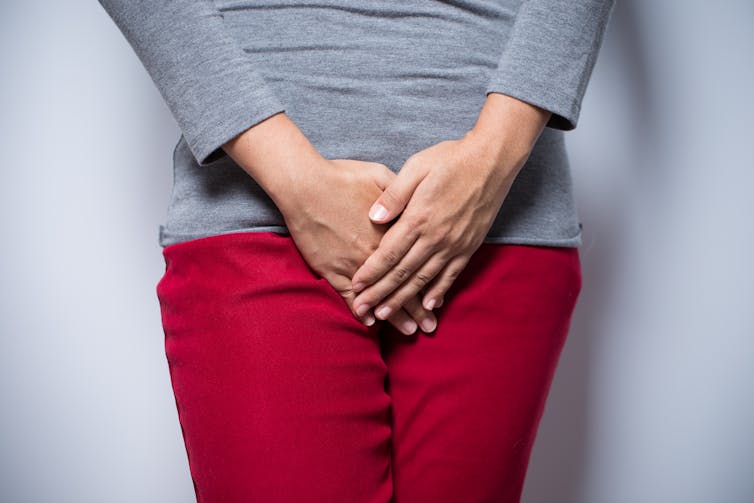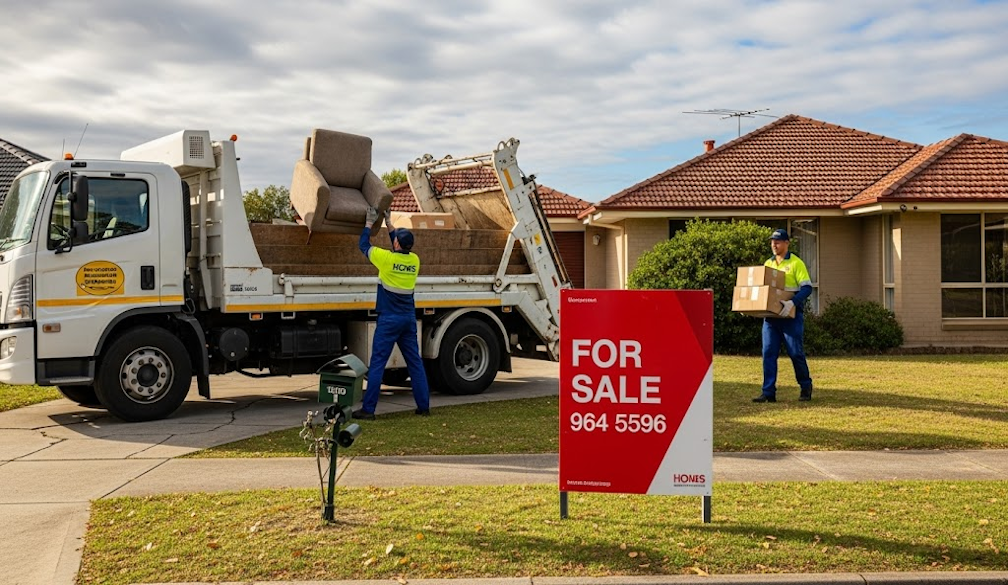Not all vaginal implants are a problem and treating them the same puts many women at risk
- Written by Jennifer King, Honorary Clinical Lecturer, University of Sydney
Last week, a Senate Committee investigating the impacts of “transvaginal mesh implants” on women in Australia handed down its report, with 13 recommendations. The implants are medical devices surgically inserted to prevent prolapse and urinary incontinence - conditions that affect many women over their lifetime, with around 20% requiring surgical treatment.
The inquiry was the result of many women coming forward reporting serious side effects, such as chronic pain and trouble walking, after vaginal mesh surgery. Recommendations included that these medical devices are to be used only “as a last resort”, that each mesh implant be registered, patient counselling and decision-making, surgeon training and better reporting of adverse events.
Proposals to improve outcomes for patients by implementing stricter standards in training, audit, research and monitoring of medical implants are welcome. However, the Senate has lumped together incontinence and prolapse devices, considering them all to be “transvaginal meshes”.
Only the prolapse devices are problematic, while those used for incontinence are safe and evidence-based procedures. Conflating the two confuses women and may lead them to seek snake-oil type treatments that have no evidence base, and can be risky.
Different devices
Prolapse is when pelvic organs – such as the bladder, bowel or uterus (womb) – fall through the vagina. Stress urinary incontinence is involuntary urine leakage with activity such as sport, coughing or even walking. Both conditions are types of pelvic floor dysfunction, but the surgery and medical devices used to treat them are different.
Read more: Urinary incontinence can be a problem for women of all ages, but there is a cure
Despite many submissions to the inquiry from clinical bodies, the Senate committee has been unable to distinguish between midurethral mesh slings (used for urinary incontinence) and transvaginal mesh (used for prolapse). The first is a mesh tape placed under the urethra like a sling for support. The second are sheets of mesh placed under the bladder, or in front of the bowel, to stop prolapse and prevent recurrence.
Midurethral slings in Australia have been associated with complaints in around equal numbers to mesh used for prolapse, but proportionately most problems have been seen with prolapse. This is because an estimated 120,000 sling operations have been performed, compared to only around 30,000 prolapse mesh procedures.
 Many women who had mesh surgery for pelvic prolapse have experienced significant pain, bladder injury and incontinence.
from shutterstock.com
Many women who had mesh surgery for pelvic prolapse have experienced significant pain, bladder injury and incontinence.
from shutterstock.com
There is still clinical uncertainty and insufficient data on indications for use and best practice when it comes to the mesh used to treat vaginal prolapse. A review of several studies found that the artificially grafted mesh had more problems than benefits, and the women who underwent the operation had high rates of needing repeat surgery due to mesh exposure, bladder injury and urinary incontinence.
Read more: Common surgery for vaginal prolapse can lead to complications, review shows
Midurethral slings, however, have an excellent track record and are the most researched incontinence procedure in history. Midurethral slings have been recognised by every national and international medical or regulatory organisation as the treatment of choice for stress urinary incontinence in patients who have failed conservative management, such as pelvic floor exercises.
There are riskier procedures
The Senate also tasked the Australian Commission on Quality and Safety in Health Care with carrying out many of its recommendations. The commission recently published guidelines for hospital credentialing of surgeons to perform transvaginal mesh procedures for urinary incontinence and prolapse.
Along with many sensible recommendations on training and audit, the commission determined that surgeons needed to perform:
a minimum of ten surgeries for stress urinary incontinence (either mesh or non-mesh) each year.
This is not ten midurethral slings – the procedure for which the whole guideline was designed – but any surgery for stress incontinence.
There is no requirement from the commission that such procedures have proven efficacy and safety. This means that, in theory, a completely non evidence-based treatment such as vaginal laser could be claimed as a continence procedure. Vaginal laser is essentially a cosmetic laser treatment, for which there is absolutely no scientific data for any effect in patients with urinary incontinence.
Read more: Vaginal mesh controversy shows collective failure of the TGA and Australia's specialists
Along with the Senate’s recommendation that mesh be used as a “last resort”, this suggests patients should be offered less effective procedures, such as an injection therapy, or big abdominal operations, with more complications and no better efficacy, simply because they don’t involve mesh.
We have already seen a reduction in continence surgery over the last several years, which could be related to adverse mesh publicity. This has not been replaced by an increase in conservative management. Rather Australian women are now continuing to suffer with their incontinence. And there is a risk they will turn to expensive “snake oil” treatments, such as vaginal rejuvenation therapy.
We anticipate further patient anxiety and poor outcomes if the system doesn’t guarantee patients receive evidence-based care. We have the data on midurethral slings so we can’t compromise access to the safest and most effective surgical treatment for their stress incontinence.
Authors: Jennifer King, Honorary Clinical Lecturer, University of Sydney


















